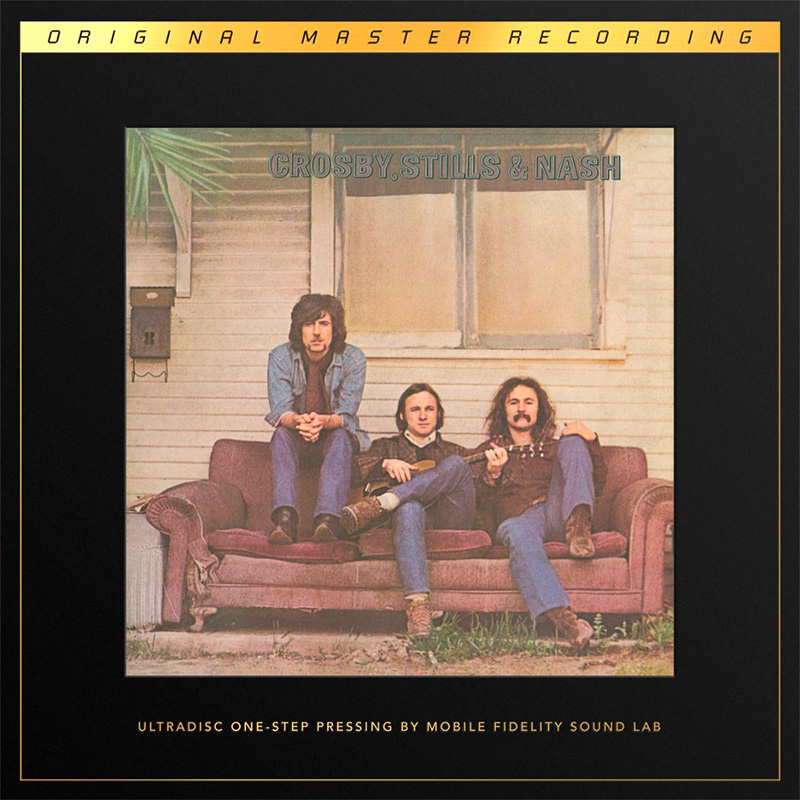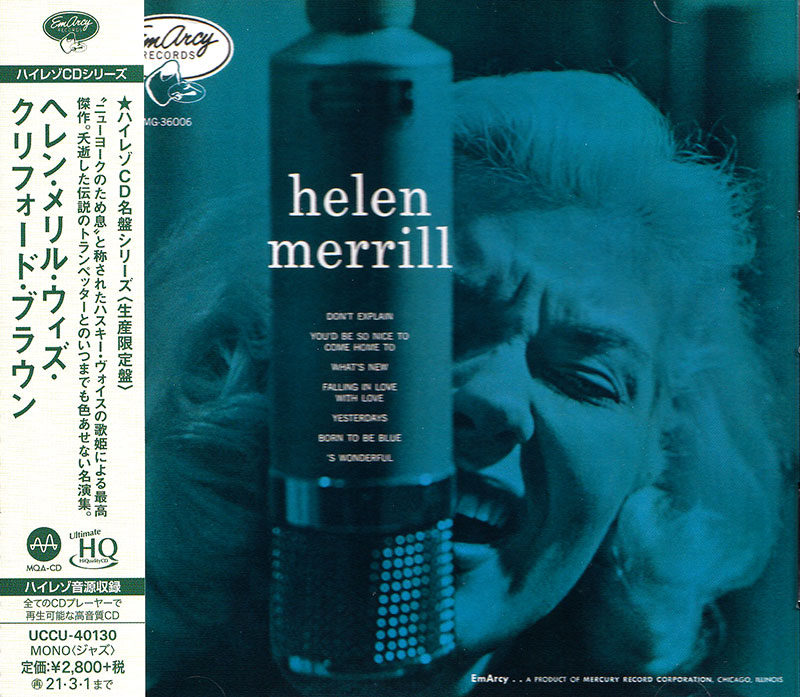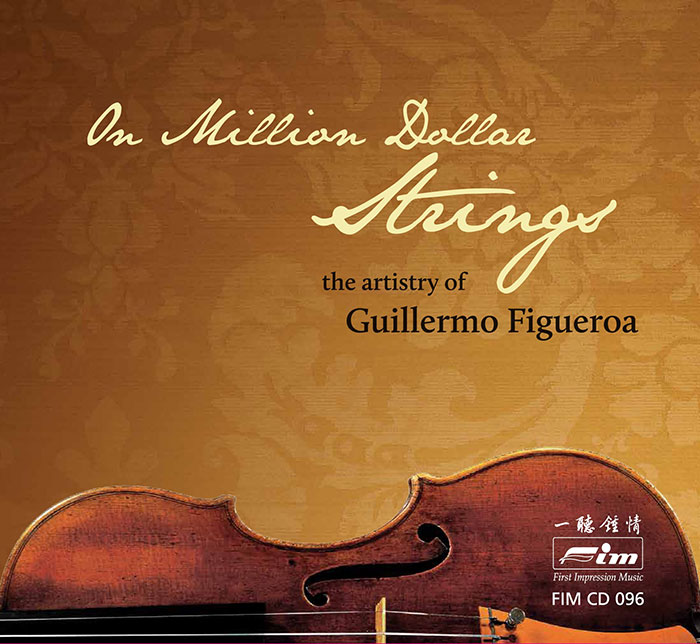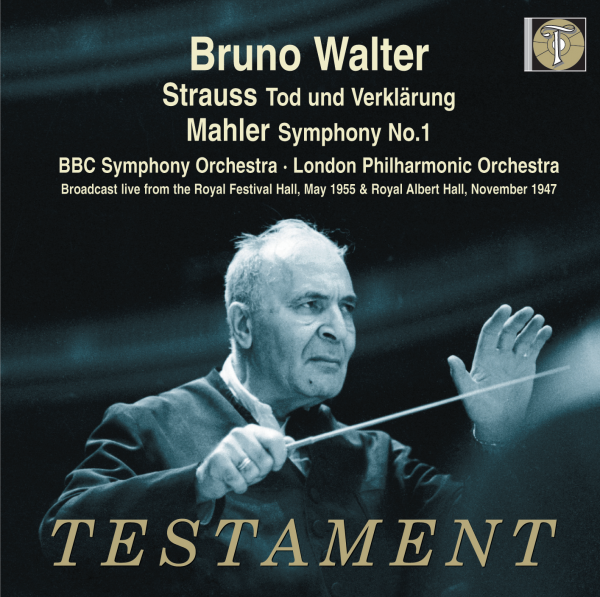Logowanie
OSTATNIE EGZEMPLARZE
Jakość LABORATORYJNA!
ORFF, Gundula Janowitz, Gerhard Stolze, Dietrich-Fischer Dieskau, Deutsche Oper Berlin, Eugen Jochum
Carmina Burana
ESOTERIC - NUMER JEDEN W ŚWIECIE AUDIOFILII I MELOMANÓW - SACD HYBR
Winylowy niezbędnik
ClearAudio
Essence MC
kumulacja zoptymalizowana: najlepsze z najważniejszych i najważniejsze z najlepszych cech przetworników Clearaudio
Direct-To-Disc
PIAZZOLLA, ChamberJam Europe
Tangos del Ángel y del Diablo
Direct-to-Disc ( D2D ) - Numbered Limited Edition
MAHLER, STRAUSS R., Bruno Walter, BBC Symphony Orchestra, London Philharmonic Orchestra
Symphony No. 1 in D major 'Titan' / Tod und Verklarung
In the winter of 1947 Bruno Walter returned to London to conduct some concerts with an orchestra that he had appeared with several times since the end of the War – the London Philharmonic, which at that time was attracting a very impressive list of celebrity conductors, thanks to brilliant managing by its former viola player, Thomas Russell. He had been a vitally major force in the success of the Orchestra’s rebirth as a self-governing orchestra in 1940 when Sir Thomas Beecham, its founder and Music Director since 1932, was no longer able to maintain it. As the LPO’s elected business secretary, Russell managed its affairs with such outstanding acumen that the orchestra became a national symbol of survival and cultural ideals for the people of England during the war. That can be seen in the wartime film Battle for Music, which was made around the story of its survival in the toughest of circumstances. Although after the war the orchestral headlines in England were the creation of two outstanding new virtuoso ensembles, the Philharmonia in 1945, and the Royal Philharmonic in 1946, the LPO’s thriving status and reputation with audiences and international conductors continued for a few more years yet, before a temporary change in its fortunes was to set in. As well as playing with Bruno Walter, it was giving notably prestigious concerts with Victor de Sabata, Ernest Ansermet, Erich Kleiber, Charles Münch, Paul Paray, Eduard van Beinum, and, before long, Serge Koussevitsky. The players were very proud of their associations with these artists, and the studio recordings they made with some of them give us a good idea of the profound effect these great conductors had on the musicians’ range of performing styles. In 1990, three years after the Music Performance Research Centre, now Music Preserved, was set up, I donated to the archive all the Agate Collection recordings I had found. This was only possible because of a new legally binding donations procedure for unauthorised off-air recordings. Now that Music Preserved has reached an agreement with Testament, this is the second of those unique documents that is being officially issued for the very first time. Extracted from the booklet note Jon Tolansky, 2008

























